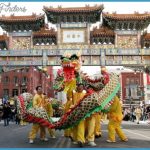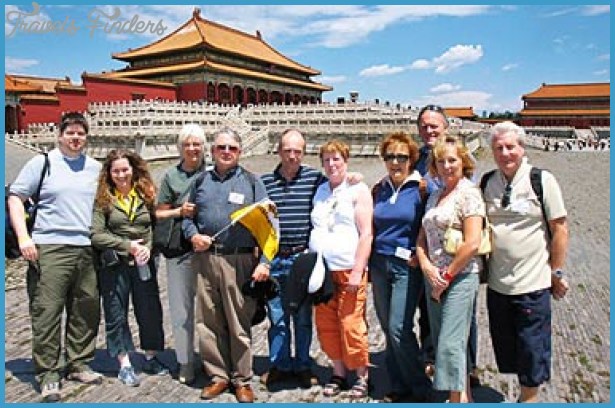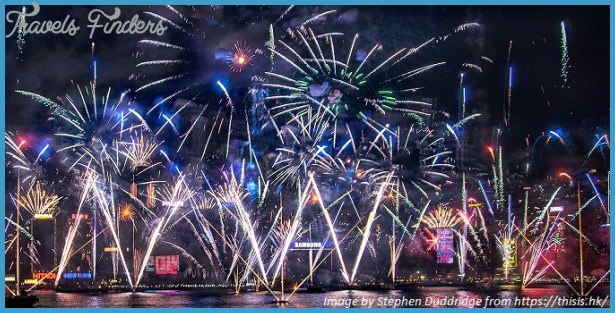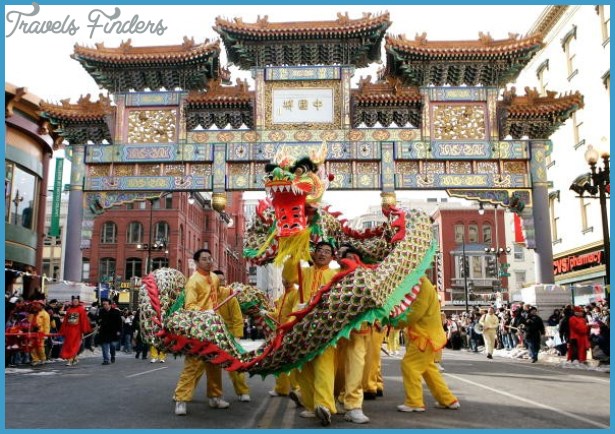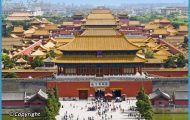Ma’anshan lies at 118°29’E and 31°42’N, on the Changjiang in the east of the province of Anhui.
It is situated about 80km/50 miles from Nanjing with which it has rail, bus and ship connections. It can be reached from the provincial capital Hefei by rail and bus.
Ma’anshan means “Horsesaddle Mountain”, a name which is derived from an old legend. In 202 b.c. Xiang Yu, King of the Chu kingdom, committed suicide in this region after being defeated by his arch-rival, the Han King Liu Bang. His horse was disturbed by his master’s non-appearance and ran up a hill in the hope of being able to espy him on the horizon. After the faithful steed had vainly kept a look-out for many days, he let out a long despairing sigh and died, the saddle falling to the ground. In memory of this the hill was named “Horsesaddle Mountain”.
Until the 1930s Ma’anshan was only a small village with barely 300 inhabitants. When rich reserves of iron were discovered in the vicinity 60 years or more ago, Ma’anshan very quickly developed into an industrial town which today possesses one of the most important iron foundries in China.
The Coloured Pebblestone Rocks are located 7km/4 miles south of the town on the banks ofthe Changjiang. Owing to their strategic position the rocks were fought over for hundreds of years.
Today there is an extensive park here with many monuments, some of which commemorate famous people.
The Pavilion of Li Bai (see Famous People) was originally built in the 9th c. but in the succeeding periods has been destroyed and rebuilt on several occasions. It is consecrated to the outstanding poet Li Bai who spent the last years of his life in a nearby village. The present three-storey building dates from the second half of the 19th c. On the first floor stand two statues ofthe poet in boxwood, while on the second floor there is a view across the beautiful surrounding area.
The Terrace for Capturing the Moon is a sheer rock overhanging the Changjiang. Tradition has it that the drunken Li Bai leapt from the terrace into the waters ofthe river in an attempt to capture the moon’s reflection and in so doing drowned.
The 131m/430ft high Mountain ofthe Green Snail lies 7km/4’/2 miles south ofthe town on the banks ofthe Changjiang. It owes its name to its luxuriant vegetation and its shape, which resembles that of a snail.
In the midst of this vegetation are hidden several places of interest including the tomb of Li Bai, where the clothing ofthe drowned poet is kept. His corpse could not be saved.




